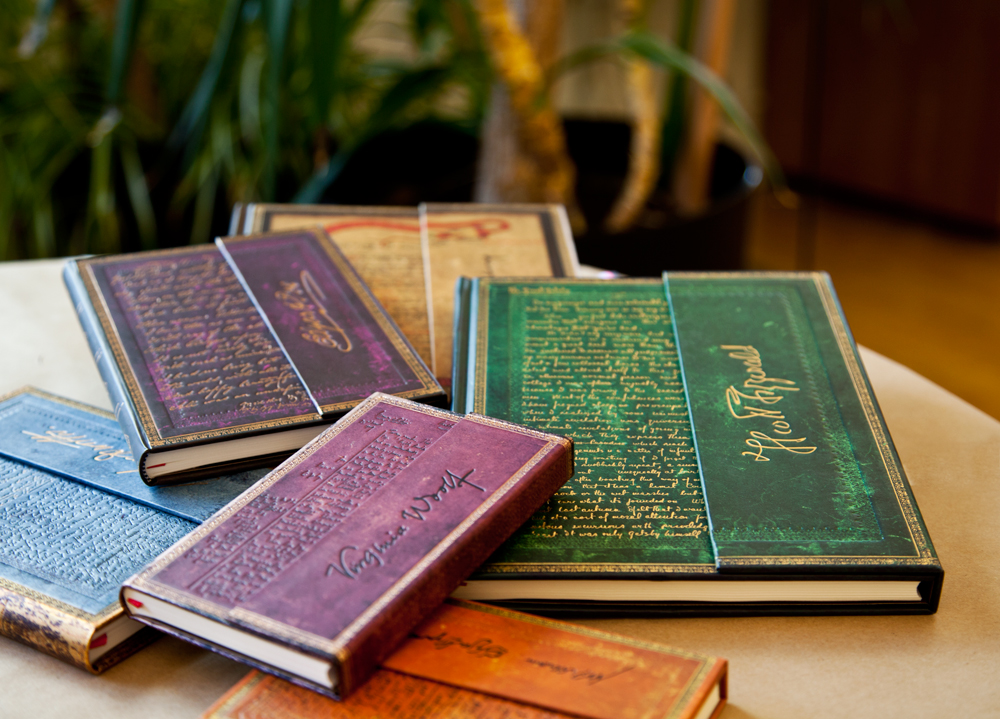
Due to the scores of holiday cards that are mailed out this month, December 7th is often recognised as “National Letter Writing Day.” With email and social media posts slowly taking over our means of daily communication, it’s important to celebrate the time-honoured tradition of crafting a handwritten note. One’s handwriting can often give a much stronger emotional impact as every pen stroke reveals the passion that went into it.
Our Embellished Manuscripts Collection not only reproduces original drafts of literary works but also features pieces of correspondence from some of history’s greatest minds. So, to celebrate Letter Writing Day, we’re taking a look at the real story behind three handwritten notes that inspired our journal covers.
1) Wordsworth, Letter Quoting “Daffodils”
William Wordsworth and other writers of the Romantic era helped to bring passion, instinct and emotion back to an art form that was becoming increasingly intellectualised. This handwritten letter comes from the early 1800s, at a time when Wordsworth felt the need to defend his writing style against the sophisticated elite. It is an excerpt of a letter written from his home, Dove Cottage, to his friends, defending his work by quoting lines from his now-celebrated “I Wandered Lonely as a Cloud” poem (also known as “Daffodils”):
…Beneath the trees
Ten thousand dancing in the breeze.
The waves beside them danced but they
Out-did the sparkling waves in glee…
2) Kipling, Song of Songs
Born in Bombay, Joseph Rudyard Kipling (1865–1936) was a child of the British colonial era. Best remembered for The Jungle Book, Kipling was more than just a writer of children’s literature. In fact, due to his vocal political opinions, he was a rather controversial figure during his lifetime. The plainspoken vigour for which he was known is exemplified in this 1907 illustrated letter that he sent to British politician Lord Alfred Milner, which he titled “The Song of Songs which is Solomon’s” after the Biblical tale “The Judgment of Solomon.”
3) Florence Nightingale, Letter of Inspiration
The English social reformer, writer and statistician Florence Nightingale is perhaps best known as the founder of modern nursing. She took her passion and a small staff to the front lines of the Crimean War, where she offered solace to the wounded in a hellish environment. In 1860 she established a nursing school at St. Thomas Hospital in London, and it is a selection from a 13-page inspirational letter than she wrote to her staff in 1878 that we have reproduced on our cover.
Coming Soon…
Stay tuned for our official announcement of our Spring 2015 titles – including not one, but two, vibrant new Embellished Manuscripts inspired by a letter written from one Impressionist to another. Can you guess who?
About Paperblanks®: At Paperblanks®, we believe that art should have a place in all aspects of life. That’s why we follow the artist’s way in everything we do – creating, crafting and releasing designs we believe have the power to touch people. For more about Paperblanks®, go to our website at paperblanks.com.


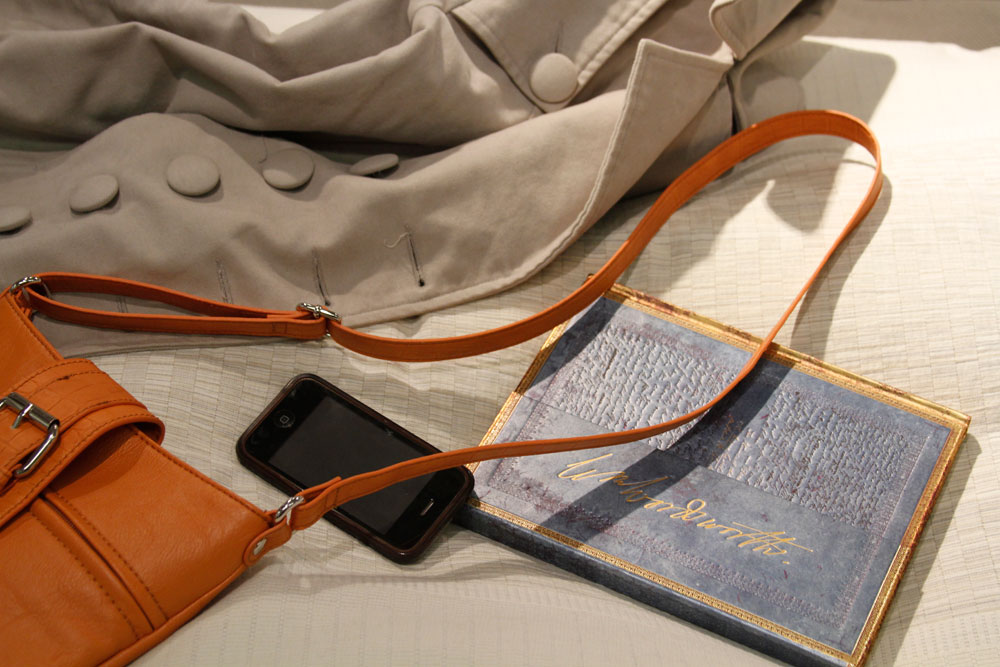
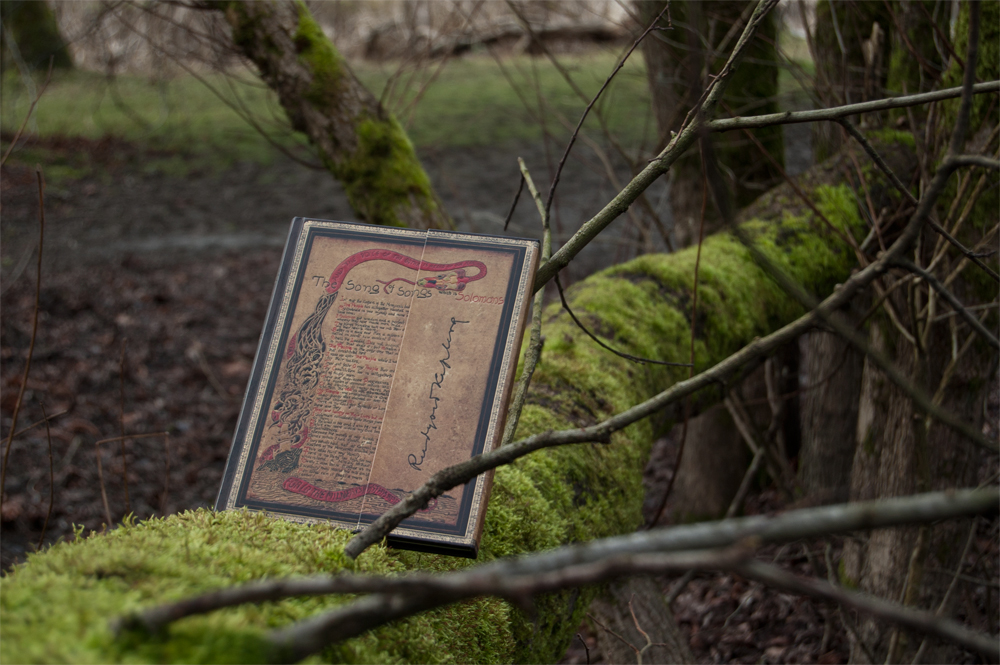
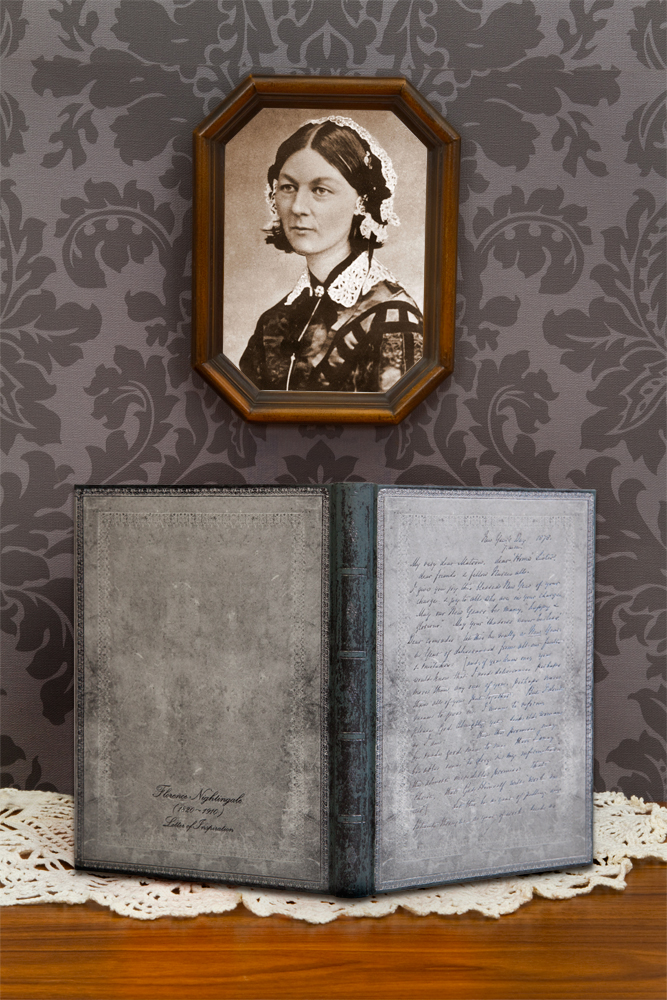



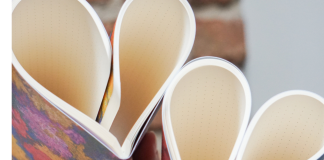
In recent years, I was able to whittle down my collection of letters: getting rid of the mostly meaningless ones: a birthday card with little more than a “I wish I could be there to help you celebrate” and signature; and missives I was sure I’d never want to read again, but it was difficult, and I still have plenty of reading material left. I may never become famous (in fact, I don’t necessarily want to) and the public likely won’t care about my correspondence, but history is created by individuals, and it’s important to conserve what we can. The journals featured in this post are beautiful reminders of lives lived long ago and depositories for the history being made today.
Hi Cheryl,
Saving old letters is akin to saving your filled journals. You’re right, it always seems like it might be helpful to save space and toss them out, but re-reading them can be a interesting insight into your own self. And, who knows, one day they could end up on an Embellished Manuscript! Even journals of “everyday people” can be fascinating first-hand views into human history.
Happy writing!
The Paperblanks® Team